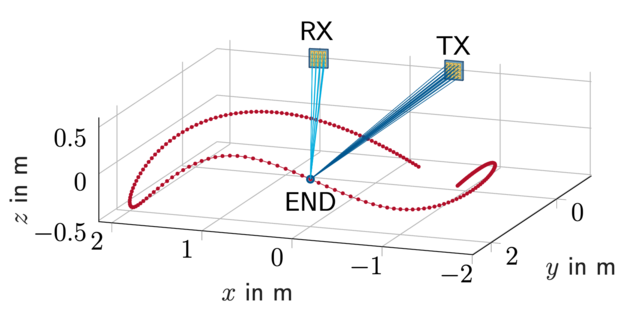
Energy-neutral devices (ENDs) are an enabling technology for the Internet of things (IoT) due to their cost-effectiveness and sustainability. Batteryless ENDs communicate through passive backscatter communication and are powered solely through incident RF waves. Robust operation relies on a continuous influx of RF power, which can be achieved through predictive beamforming on the downlink. Uplink channel estimation enables positioning and tracking of ENDs. Robust operation necessitates uplink channel estimation and downlink predictive beamforming in a closed-loop manner to compensate for channel aging due to the device motion. Direct estimators infer the END position directly on received signals instead of relying on intermediate channel parameter estimates (delay, elevation, azimuth, Doppler). They are particularly suitable for low-SNR conditions, which are inherent to backscatter channels due to the "double pathloss'' on the cascade channel. Statistically efficient channel estimators are often computationally involved and may not meet the stringent timing demands that closed-loop uplink channel estimators and downlink predictive beamformers demand. To address this limitation, parallel computing architectures (such as GPUs) can accelerate embarrassingly parallelizable tracking filters such as particle filters and enable real-time implementations.